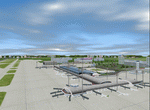 |
The Ground Information Virtual Reality System (GIVRS) is an application designed to give airport supervisors real-time, three-dimensional visual display of actual aircraft ground movements, using data from the Airport Operational Data Base. GIVRS can be used to enhance any textual flight information application with graphical models representing real world objects like buildings, aircraft, vehicles, trees and other structures. [pdf] |
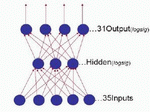 |
In this project, I employ artificial neural networks for the tasks of function approximation and pattern recognition. [pdf] |
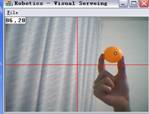 |
In this project, we work towards a software implementation of a robotics system, which is able to pursue a moving object by controlling a web camera mounted on a pan/tilt head, so that the moving object is maintained in the center of the image. This is a joint work with my classmate Simon Appeltants. |
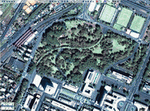 |
Based on the approach presented by Nagao and Matsuyama in "A Structural Analysis of Complex Aerial Photographs", we develop an aerial photograph analysis program in Matlab, which is designed to automatically classify a multispectral aerial photograph into different categories, such as roads, houses, cars, shadow regions, etc. [pdf] |
 |
The steady increase of traffic demand during the past decades has led to a high rate of congestion in urban roads. In this paper project, we make an attempt to model a simplified subset of the general phenomena of urban traffic using tools provided by the Game Theory and the Multi-agent System approach. We design a congestion pricing mechanism which provably leads to a good functionality of the whole traffic system. [pdf] |
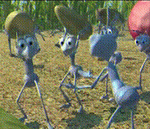 |
Inspired by the collective foraging behavior of biological ants, many computational models are proposed to solve combinatorial optimization problems. In this project, a software framework is proposed, based on which software agents can be easily created and the dynamics of a swarm system can be visualized. We implement the framework in C++ and apply the proposed approach to the classical Traveling Salesman Problem. [pdf] |